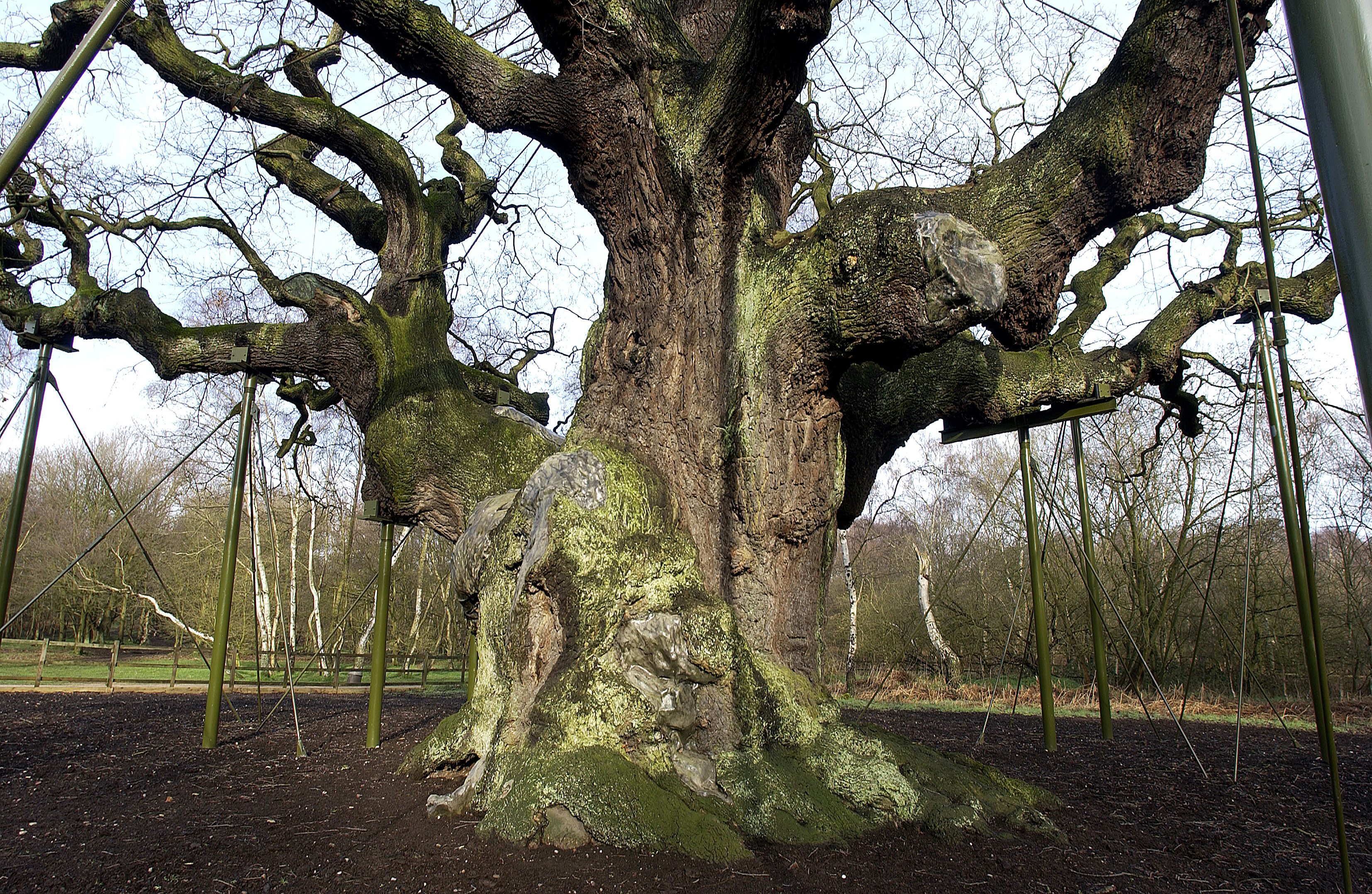Hawthorn
Hawthorn (Crataegus monogyna) is one of our two native hawthorns. The rare Midland hawthorn (Crataegus laevigata) is confined to ancient woodland in central England but more frequently seen everywhere in its cultivated forms in urban areas, parks and gardens.
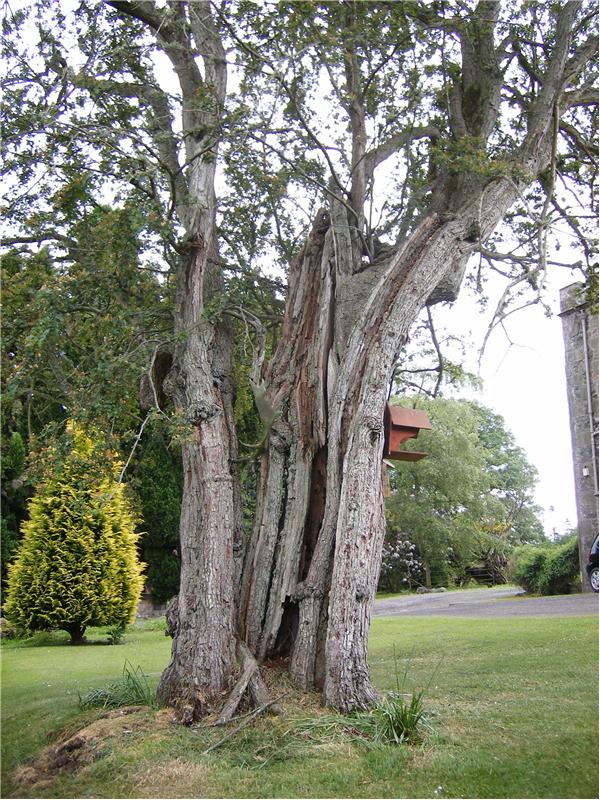
Ancient hawthorn. (Photo: David Alderman)
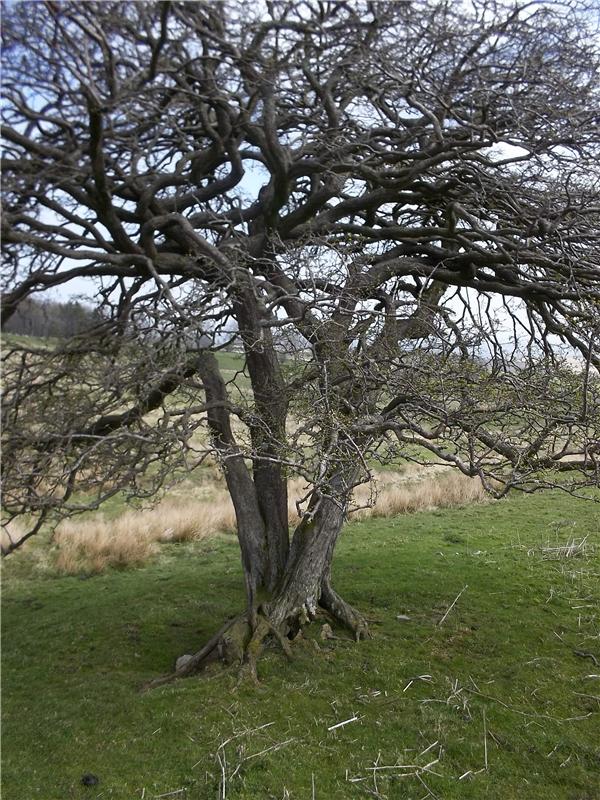
Veteran hawthorn. (Photo: David Alderman)
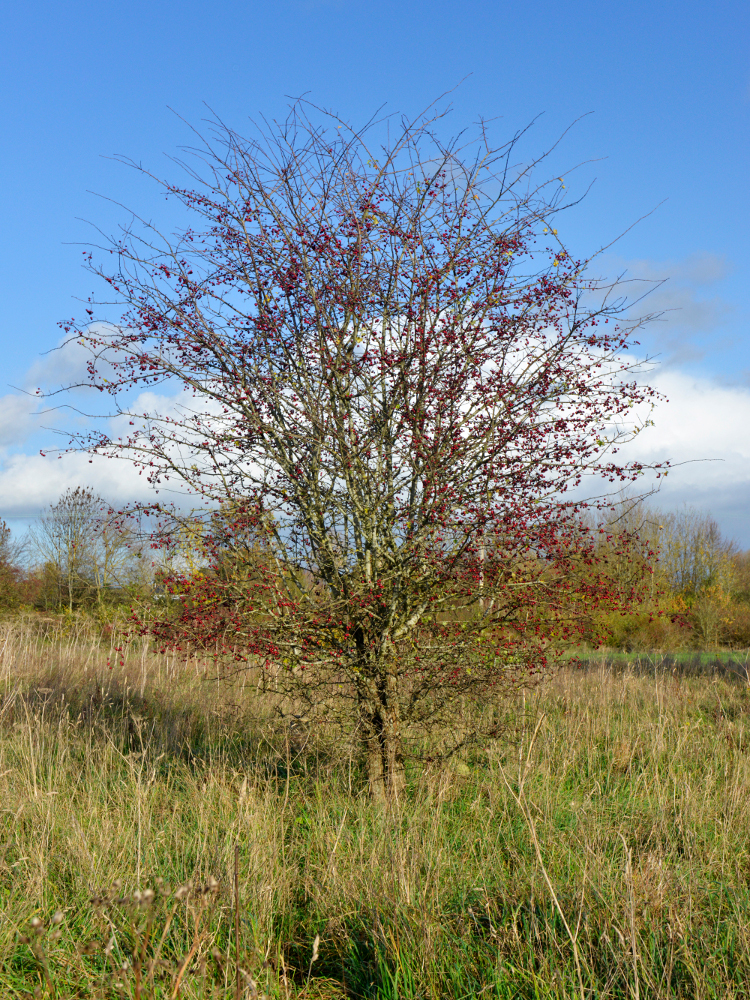
Notable hawthorn. (Photo: Nature Photographers/WTML)
Distribution
Throughout the UK.
Typical location
Hedgerows, fields and woodland.
Age
Hawthorn may be able to live for 400 years, although 250 may be more typical on many sites.
All hawthorn will be ancient from 225 years onwards, although many will have ancient characteristics from around 175 years.
Typically a veteran hawthorn will be 100-200 years of age and a notable hawthorn may be 50-150 years old.
Size
Hawthorn can grow up to 2.5m plus in girth.
Record all hawthorn more than 1.5m.
Consider recording all hawthorn with any ancient characteristics more than 1.25m.
It’s important to rely on characteristics rather than size, which is an unreliable indication of age. Most ancient hawthorn will be greater than 1.5m in girth but many hawthorn within woodland, or if historically managed as a pollard, may be no more than 1.25m in girth.
Ancient characteristics
- Major trunk cavities or progressive hollowing
- Decay holes
- Physical damage to trunk
- Bark loss
- Large quantities of dead wood in the canopy
- Crevices in the bark, under branches or on the root plate, sheltered from direct rainfall
- Fungal fruiting bodies (from heart rotting species)
- A high number of interdependent wildlife species
- Epiphytic plants
In addition the tree may have:
- A pollard form or show indications of past management
- Cultural or historic value
- Been part of a historic boundary, hedgerow (pre enclosures) or on a woodbank
- A prominent position in the landscape

Ancient hawthorns may have important cultural or historic value. (Photo: David Alderman)

Look for crevices and hollowing of the trunk. (Photo: David Alderman)
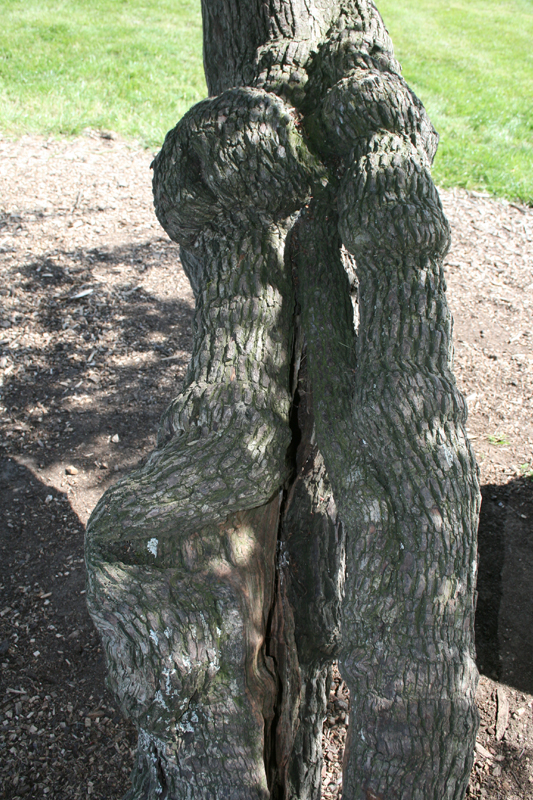
Deep crevices along the trunk and branches. (Photo: David Alderman)
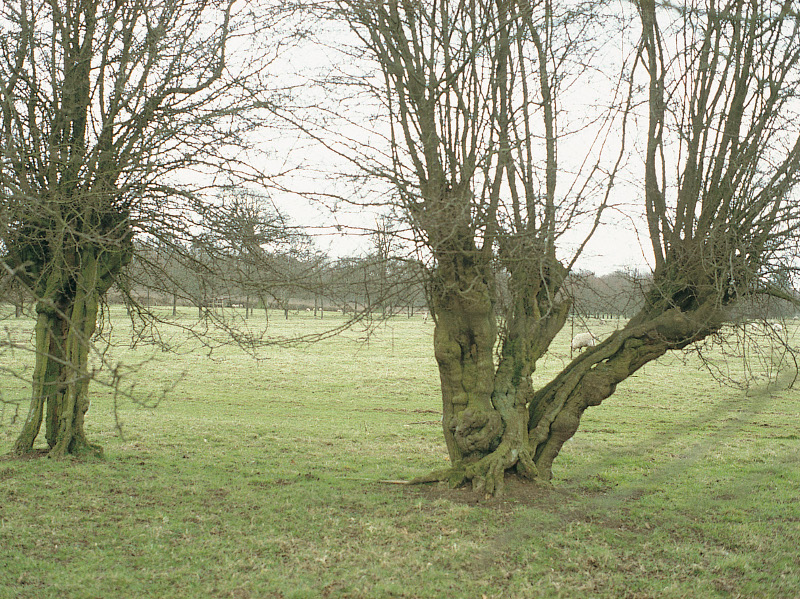
It may have a pollard tree form or have indications of past management. (Photo: Ted Green/WTML)
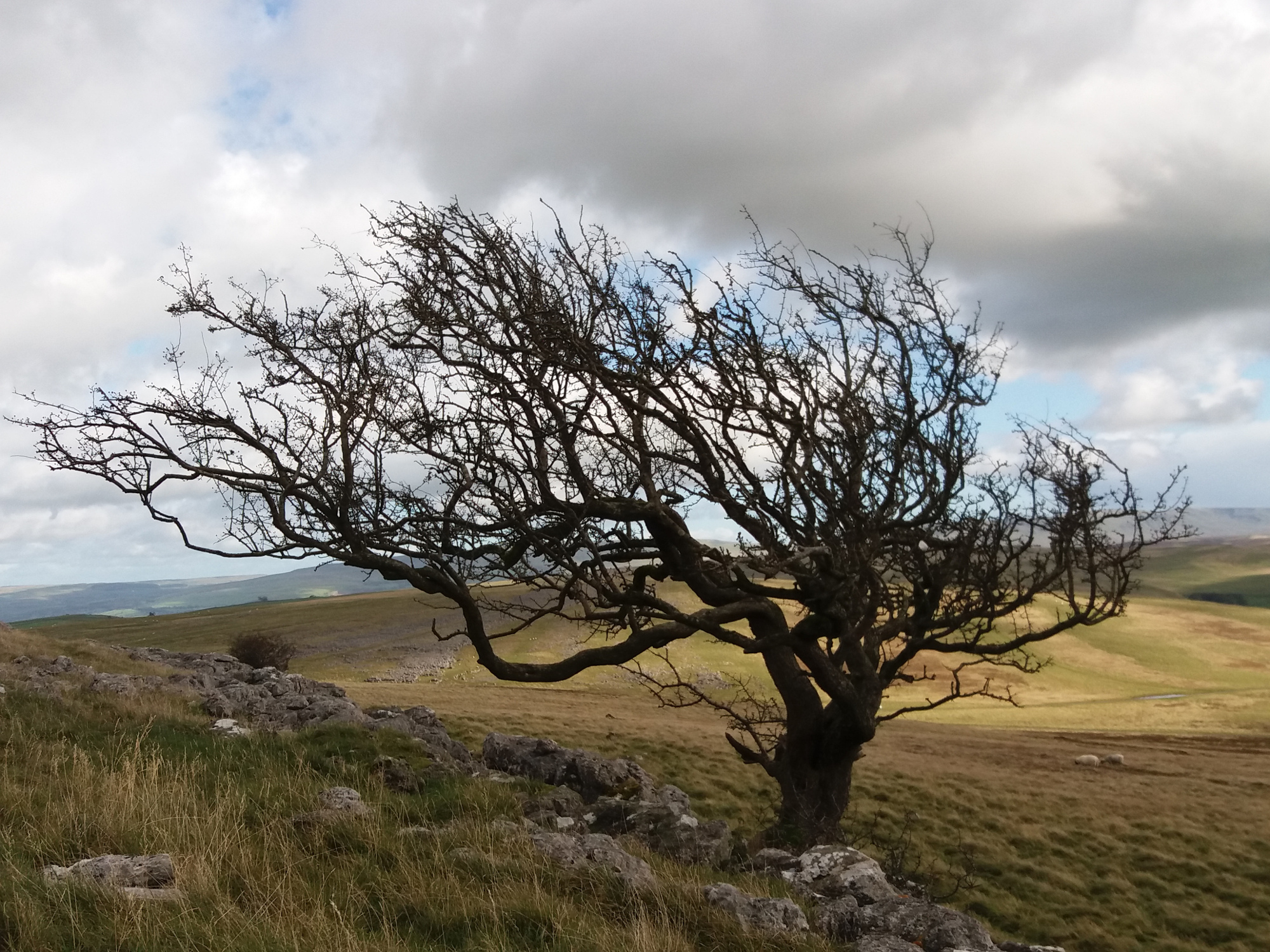
Hawthorns may have a prominent position in the landscape or be part of a historic boundary. (Photo: Kylie Harrison Mellor)
